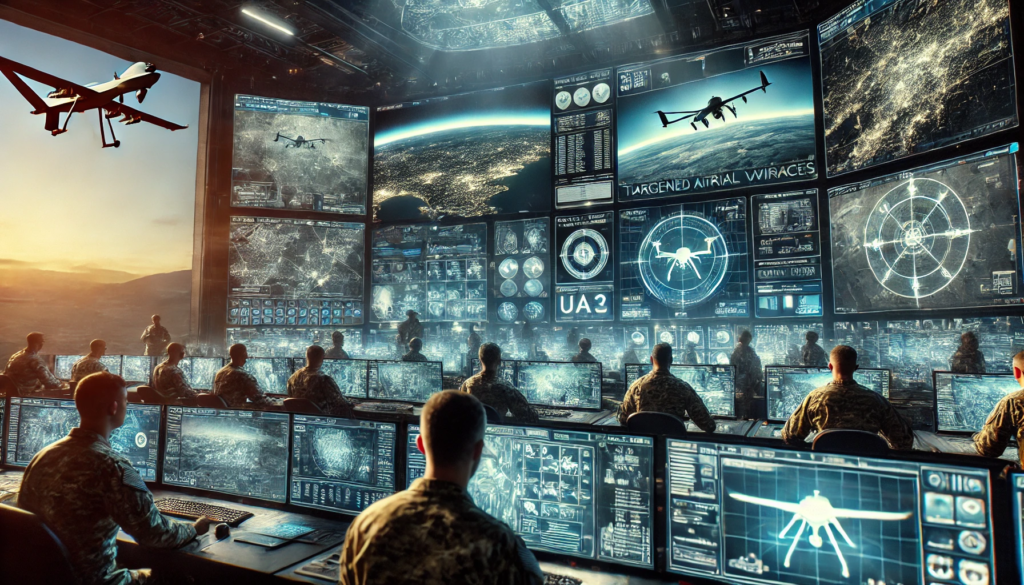The military capabilities of the United States and China have become a focal point of global security discussions, particularly as tensions rise in the Asia-Pacific region. While the US has historically maintained a technological and operational edge, recent developments indicate that China is rapidly closing this gap in several key areas.
Current Military Capabilities
US Military Advantages
- Technological Superiority: The U.S. retains a significant lead in critical military technologies, particularly in command, control, communications, computers, intelligence, surveillance, and reconnaissance (C4ISR) systems[1].
- Defense Spending: Since the end of the Cold War, the U.S. has invested approximately $19 trillion in its military, far exceeding China's military expenditures during the same period[1].
- Operational Experience: The U.S. military has extensive combat experience from various conflicts worldwide, which enhances its operational effectiveness[1].
China's Advancements
- Rapid Modernization: China has made substantial strides in military modernization, focusing on advanced technologies such as drones, hypersonic missiles, and artificial intelligence (AI)[4][6].
- Production Capacity: China is now the world's largest shipbuilder and has significantly increased its defense budget—growing by 7.2% for three consecutive years—allowing it to expand its naval capabilities rapidly[6].
- Emerging Technologies: Reports indicate that China leads in several defense-related technologies including advanced aircraft engines and collaborative robotics[2][4].
Comparative Analysis
| Feature | United States | China |
|---|---|---|
| Defense Budget | $19 trillion since Cold War | Rapidly increasing; 7.2% growth annually |
| Military Experience | Extensive global combat experience | Limited external conflict experience |
| Technological Edge | C4ISR systems, space capabilities | Advances in drones, hypersonics |
| Naval Power | Second largest navy | Largest navy globally |
| Production Capacity | Limited compared to China | Largest shipbuilding capacity |
Future Considerations
Analysts suggest that while the U.S. still holds an edge in overall military strength, this gap is narrowing as China's investments in technology and military capabilities continue to grow. The balance of power may increasingly depend on advanced technologies and strategic alliances formed by the U.S. with Indo-Pacific nations.
Furthermore, challenges within the US defense industrial base could hinder its ability to sustain prolonged conflicts against a rapidly modernizing Chinese military. As both nations continue to develop their military technologies, the competition will likely intensify, making it crucial for the U.S. to address its industrial shortfalls and enhance its technological innovations to maintain its strategic advantage.

Keywords: US military, us military technology vs china, China, technological superiority, military technology, defense spending, modernization, naval power, china military
